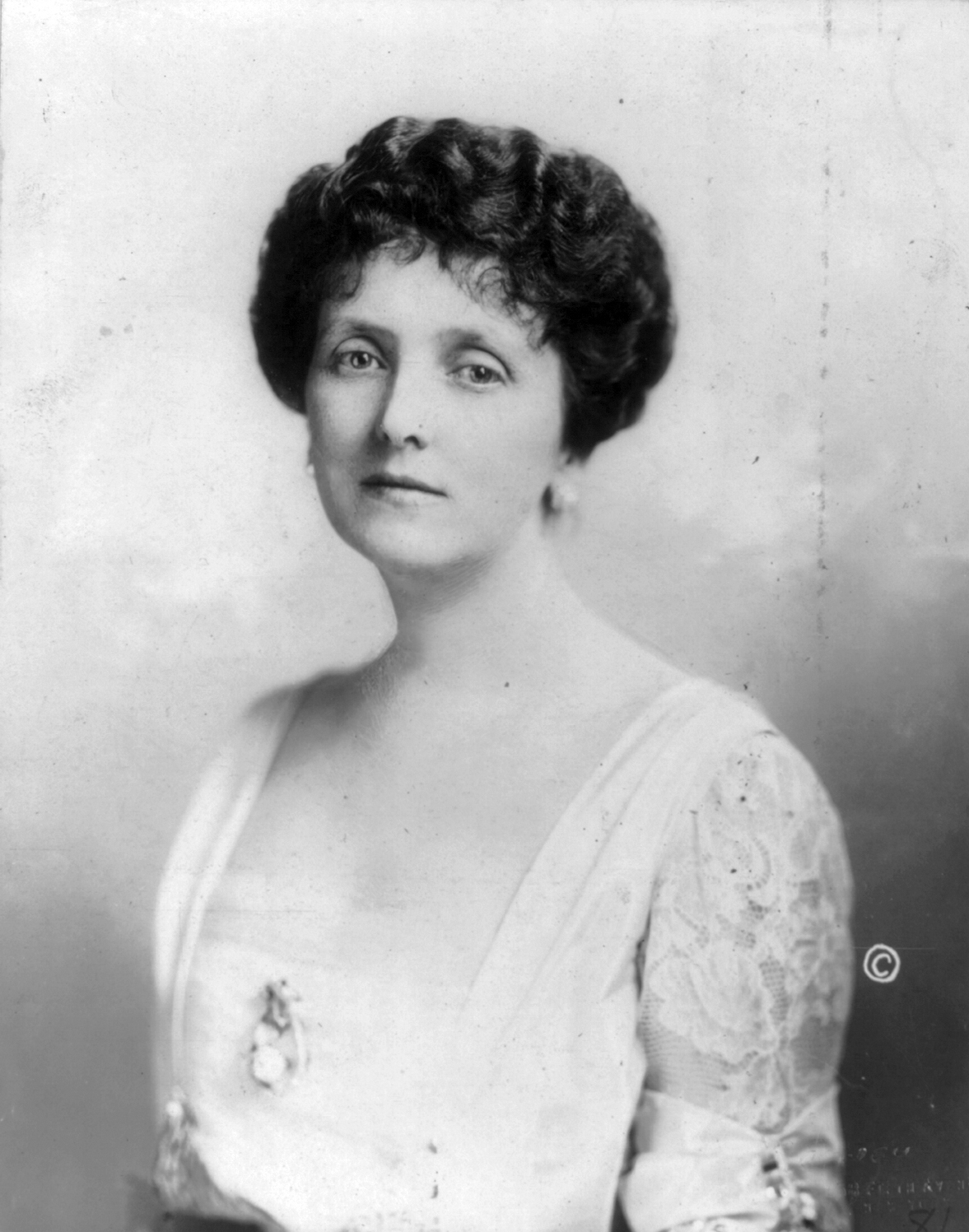I will admit here, I am no quilter, although I know some of my fellow History Girls are and I'm sure we will number quilters among our followers.
| Quilt, Jen Jones Welsh Quilt Centre, Lampeter |
When I was in the Sixth Form there was a craze for quilting. In those days, Liberty's would send swatches of material to anyone who asked for them. I remember being entranced by the beauty of the Liberty patterns, the richness of the William Morris designs, but unlike some of my friends, I never actually made a quilt. One of my friends from those days still has the quilt she made. The Liberty pieces are mixed with humbler fabrics, bits of school shirt and summer dresses. When I see it, it takes me straight back to that time.
I might not have actually done any sewing, but quilts and quilting stayed with me. Like many writers, I'm often asked where my ideas come from. They are often just there in the ragbag of past enthusiasms and passing interests waiting to be plucked out and worked up into something. So it was with quilts and quilting. I've blogged about my visit to the American Museum, Bath and its connection to Witch Child Witch Child at the American Museum, Bath - Celia Rees . On my original visit, I didn't go there to look at quilts. I went to see the quilts on display because they interested me anyway. If I hadn't had that interest, I might not have bothered and I would not have had the idea that allowed me to write Witch Child.
 |
| Stitch and Write American Museum, Bath |
Though researching and writing Witch Child, I learnt a great deal about quilts and quilting. Quilts at the time Witch Child is set (17th Century) would have been all of a piece (as the one shown above), not patchwork, with which we are more familiar. There could, however, I reasoned, have been quilts made out of pieces of material. This was mostly because I wanted one in the book, but it made sense to me, woman sense. My mother, my grandmother, her mother before her kept scraps of material and made bed covers, cushion covers, by piecing them together, nothing would be wasted. That was relatively recently, how much more precious would cloth have been in 17th Century America? The fact that there are none of these kinds of quilts from this period doesn't mean that they never existed. It just means that they were worn out with every day use, not precious enough to be preserved.
These pieced quilts are my favourites. I can admire and appreciate the beauty and intricacy of patchwork quilt designs: Tumbling Dice, Log Cabin, Rose Wreath, String of Flags (even the names are wonderful); the striking originality of the Amish and Mennonite quilts; the ancient symbolism contained in recurring motifs of flowers, fruits, cups, the tree of life. Above all, I can celebrate and admire the women's work, the artistic creativity expressed through the designs. Even so, the quilts I love best are those that are made from every day materials, from clothes that have been worn and worn again: shirts, waistcoats, even pyjamas. Stiff flannel softened by wear and washing to the smoothness of heavy silk, the colours faded, one pastel shade blending into another.
 |
| Jen Jones “Early to Bed” Exhibition, Welsh Quilt Centre, Lampeter |
This example is from the 2014 "Early to Bed" Exhibition of Folk Art and “Make-do and Mend” in the work of the rural quilters of 19th century Wales at Jen Jones wonderful Welsh Quilt Centre in Lampeter, West Wales: http://www.jen-jones.com . Quilts like these provide not only a palimpsest of rural economy and thrift but a record of working people's lives.
Shirts provide many of the patches in these kinds of quilts. The shirt is personal to the wearer, carrying his scent, retaining his shape. In the past, to sew and launder a shirt was an act of love.
As I did the washing one day
Under the bridge at Aberteifi,
And a golden stick to drub it,
And my sweetheart's shirt beneath it--
A knight came by upon a charger,
Proud and swift and broad of shoulder,
And he asked if I would sell
The shirt of the lad that I loved well.
No, I said, I will not trade--
Not if a hundred pounds were paid;
Not if two hillsides I could keep
Full with wethers and white sheep;
Not if two fields full of oxen
Under yoke were in the bargain;
Not if the herbs of all Llanddewi,
Trodden and pressed, were offered to me--
Not for the likes of that,
I'd sell
the shirt of the lad that I love well.....
The Shirt of a Lad - Anonymous (tr. Tony Conran)
Artist and friend Julia Griffiths-Jones chose this poem to include in her body of work, Unwinding the Thread, translating words into the images that might be embroidered on such a shirt, re-producing the designs in aluminium wire, pewter and enamelled copper wire.
 |
| Shirt of a Lad - Julia Griffiths-Jones |
In the folk song, Parsley, Sage, Rosemary and Thyme, the making of a shirt without no seams nor needlework is one of the true love tasks impossible to achieve. So shirts gain significance, personal and sentimental. Shirts are so much a part of what a person is, or was. Another friend, Barbara Crowther, describes in a Guardian article how she has found a way to use the shirts left by her husband, Dick, who died suddenly and tragically three years ago. Dick was a man who loved his shirts, especially striped shirts, stripes of all kinds and colours: thick, thin, bright, dark and pastel. Instead of leaving his shirts shut away in the dark, in a suitcase in the attic, Barbara brought them out into the light again and took them to her friend Louise Charters, an upholsterer and soft furnisher, who has turned them into something beautiful for Dick's daughters, Eleanor and Georgia, to remember their father by.
 |
| Barbara Crowther and her daughter, Georgia Leith David Sillitoe for the Guardian |
 |
| David Sillitoe for the Guardian |


This blog seems to have turned into a bit of a patchwork itself. I'll finish with an odd piece of serendipity. The day after I wrote this blog, I went to Modern Art Oxford to see an exhibition: Love is Enough, William Morris and Andy Warhol. A young woman artist, Diana Taylor, had just finished a textile workshop.
Now here's the odd thing - my maiden name was Taylor and the beautiful hangings filling the foyer were made, in part at least, from William Morris designs.
Celia Rees
www.celiarees.com

















































.jpg)

























